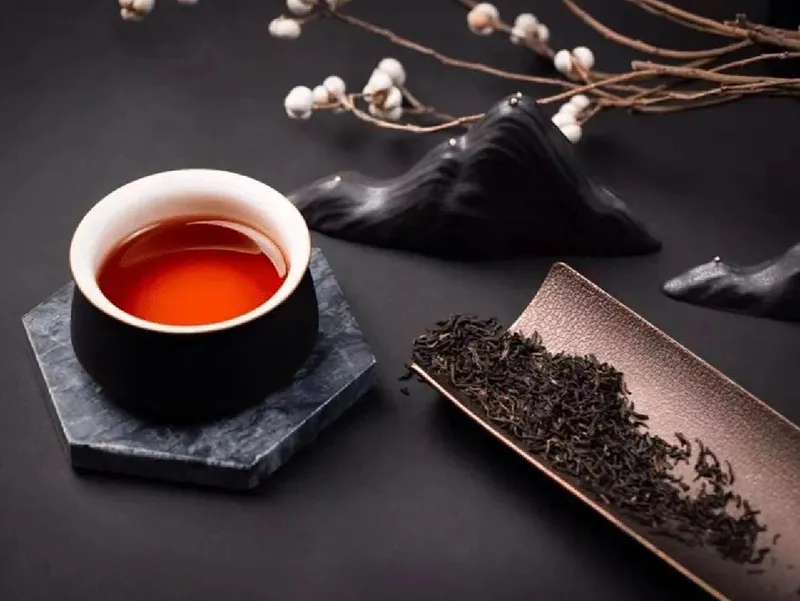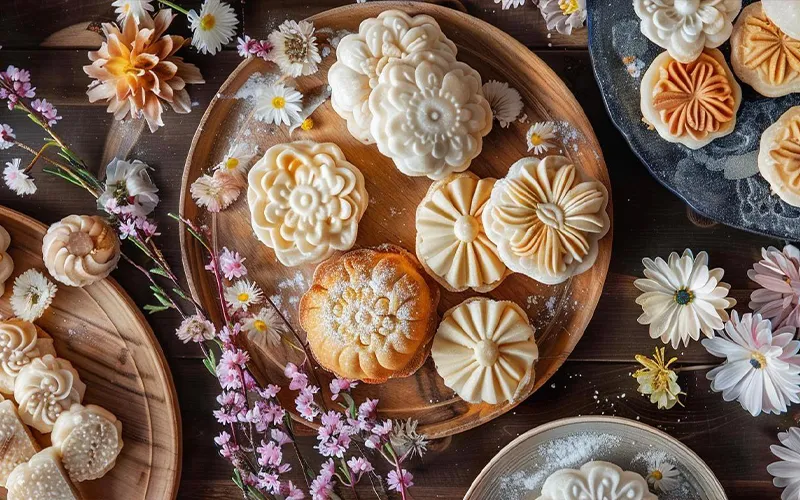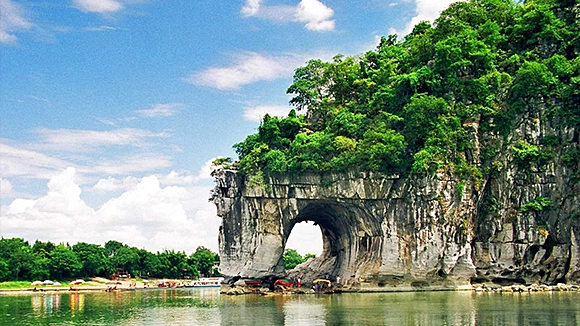Zhangjiajie A Natural Wonderland in China
Zhangjiajie, located in Hunan Province, China, is a destination that captivates travelers with its extraordinary natural beauty and rich cultural heritage. Before delving into the wonders of Zhangjiajie's attractions, it's essential to clarify the relationship between Zhangjiajie City and Zhangjiajie Scenic Area. Zhangjiajie City, located in the northwestern part of Hunan Province, was established in May 1988 specifically for tourism development. It has a total area of 9,533 square kilometers and is home to 1.687 million people, consisting of two districts (Yongding and Wulingyuan) and two counties (Cili and Sangzhi).
The Zhangjiajie Scenic Area, on the other hand, is the crown jewel of this city. It's a collective term for multiple world - renowned natural wonders within the city's boundaries. The most famous parts include Zhangjiajie National Forest Park, Tianmen Mountain National Park, and Zhangjiajie Grand Canyon. These scenic spots are what put Zhangjiajie City on the global tourism map. The city provides the necessary accommodation, dining, and transportation services for tourists visiting these scenic areas. In return, the popularity of the scenic areas drives the economic development of Zhangjiajie City, making it a well - known international tourist destination.
Breathtaking Natural Scenery
Zhangjiajie National Forest Park
The park is a UNESCO World Heritage Site and a highlight of Zhangjiajie. Its most remarkable feature is the thousands of towering sandstone pillars that rise dramatically from the ground, creating a landscape straight out of a fairy tale. These pillars, some reaching heights of over 400 meters, have been shaped by years of erosion. Among the most famous areas within the park is Yuanjiajie Scenic Area. Here, you can walk along boardwalks suspended in the air, offering stunning views of the surrounding peaks. The Avatar Hallelujah Mountain, which is said to have inspired the floating mountains in the movie "Avatar," is a must - visit spot. Tianzi Mountain is another part of the park that shouldn't be missed. From its vantage points, you can enjoy panoramic views of the vast sea of peaks, especially beautiful during sunrise and sunset when the golden rays paint the landscape in warm hues. Golden Whip Stream runs through the park, a clear and gentle stream that meanders between the majestic peaks. The sound of flowing water and the lush greenery on both sides make it a peaceful and refreshing place to take a stroll.
Tianmen Mountain National Park
Tianmen Mountain is known for its unique geographical features and thrilling attractions. The Glass Skywalk is a heart - stopping experience. As you walk on the transparent glass platform, you can look straight down at the deep valley below, feeling a mix of excitement and fear. The 99 - bend Road, also called the "Heavenly Road," is a marvel of engineering. The road winds its way up the mountain, with 99 sharp bends, offering drivers and passengers an unforgettable journey. A cable car ride up the mountain provides a bird's - eye view of the mountain's scenery, including the famous Tianmen Cave. This natural cave, located high on the mountain, is a symbol of Tianmen Mountain. It is large enough for planes to fly through, and there are often cultural performances and extreme sports events held near the cave.
Zhangjiajie Grand Canyon Glass Bridge
This is one of the world's longest and highest glass - bottomed bridges. Spanning across the Grand Canyon, the bridge offers a thrilling experience as you walk on the clear glass, seeing the deep canyon and the flowing river beneath your feet. The Grand Canyon itself is also a wonder, with lush forests, waterfalls, and clear streams. You can hike along the canyon trails, explore the caves, and enjoy the fresh air and beautiful scenery.
Rich Cultural Heritage
Tujia Ethnic Minority Culture
Zhangjiajie is home to the Tujia ethnic minority, and their culture is an integral part of the region. You can visit the Tujia villages, such as Yuanjiajie, where you can see traditional Tujia architecture. The houses are characterized by their unique design, with upturned eaves and wooden structures. The locals are warm - hearted and often welcome visitors with traditional Tujia songs and dances. Tujia people also have their own unique festivals, such as the Tujia New Year, which is celebrated with great enthusiasm. During the festival, there are various cultural activities, including dragon and lion dances, and traditional music performances.
Ancient Architecture and Historical Sites
In addition to the ethnic culture, Zhangjiajie has some historical sites. The ancient temples and pavilions scattered around the mountains add a touch of history and culture to the natural scenery. These buildings, with their exquisite craftsmanship and traditional Chinese architectural styles, are not only places of worship but also important cultural relics.
Delightful Local Cuisine
Tasty Specialties
Zhangjiajie's cuisine is as unique as its scenery. One of the most famous dishes is Zhangjiajie Sanxiaguo. This dish usually consists of three kinds of meat, such as pork head, pork stomach, and beef tendon, cooked together with various vegetables. It has a spicy and savory flavor that will surely satisfy your taste buds. Another local specialty is Tujia cured meat. The meat is cured with special seasonings and then smoked over a fire, resulting in a rich and smoky flavor. It can be eaten on its own or used in other dishes. Sugar - oil Baba is a sweet treat that you should try. These small, round cakes made from glutinous rice are fried and then coated with a sweet syrup, offering a crispy - outside and chewy - inside texture.
Best Time to Visit Zhangjiajie
Spring (March - May)
Spring is a wonderful time to visit Zhangjiajie. The weather is mild, with temperatures ranging from 10 - 20°C. The mountains come alive with blooming flowers, adding a splash of color to the green landscape. It is an ideal time for hiking and outdoor exploration, and the relatively fewer tourists compared to the peak season make it more peaceful.
Summer (June - August)
Summer is the peak tourist season in Zhangjiajie. The weather is warm, with temperatures around 25 - 30°C. The lush greenery is at its best, and the waterfalls are more abundant. However, be prepared for larger crowds, especially during the school holidays.
Autumn (September - November)
Autumn is another great time to visit. The leaves on the trees turn golden and red, creating a beautiful autumnal scenery. The weather is cool and comfortable, with temperatures between 15 - 25°C. It is a perfect time for photography and enjoying the natural beauty.
Winter (December - February)
Winter in Zhangjiajie has its own charm. The mountains are often covered in snow, creating a magical winter wonderland. Although the weather is cold, with temperatures dropping below 0°C, it is a great time for those who want to experience the tranquility of the mountains without the crowds.
Recommended Duration of Stay in Zhangjiajie
A Short Visit (2 - 3 Days)
If you're short on time, a 2 - 3 - day visit can still give you a taste of Zhangjiajie's wonders. On the first day, focus on Zhangjiajie National Forest Park. You can explore the Yuanjiajie Scenic Area to see the iconic Avatar Hallelujah Mountain and enjoy the panoramic views from Tianzi Mountain. On the second day, head to Tianmen Mountain National Park. Experience the thrill of the Glass Skywalk, take the cable car to see Tianmen Cave, and if you're feeling adventurous, drive or take a bus along the 99 - bend Road. If you have a third day, you can visit Zhangjiajie Grand Canyon Glass Bridge to admire the stunning views of the canyon. However, keep in mind that a short visit means you'll have to rush through some attractions and might miss out on some of the more hidden gems.
A Moderate Visit (4 - 5 Days)
A 4 - 5 - day trip allows for a more relaxed exploration. Spend the first two days in Zhangjiajie National Forest Park, giving yourself enough time to fully explore areas like Golden Whip Stream, Yangjiajie, and Suoxiyu. On the third day, visit Tianmen Mountain, taking your time to soak in the unique atmosphere and enjoy all the attractions. The fourth day can be dedicated to Zhangjiajie Grand Canyon, where you can hike along the canyon trails, explore the caves, and perhaps even take part in some outdoor activities. The fifth day can be used to visit a Tujia village to experience the local ethnic culture, visit ancient temples, or simply relax and enjoy the local cuisine.
An Extended Visit (6 + Days)
For those who truly want to immerse themselves in Zhangjiajie, an extended visit of 6 days or more is ideal. You can take your time exploring each scenic area, revisit your favorite spots, and also venture to some of the less - crowded areas around Zhangjiajie. You can participate in cultural workshops in Tujia villages, try your hand at local handicrafts, and even take day trips to nearby scenic spots like Mengdong River for rafting or to explore the ancient town of Furong. This extended stay will give you a deep understanding of Zhangjiajie's natural beauty and cultural heritage.
Conclusion
Zhangjiajie offers a unique blend of natural beauty, cultural heritage, and delicious cuisine. Whether you are an adventure seeker, a nature lover, or a foodie, there is something for everyone in this amazing destination. By choosing the right duration of stay according to your interests and time, you can make the most of your trip to Zhangjiajie. So, pack your bags and get ready to explore the wonders of Zhangjiajie!
Our recommendation of Zhangjiajie Tour: 13-Days China Natural Exploration Tour
Questions?
-
Email
trip@realchinatravel.com
-
WhatsApp




